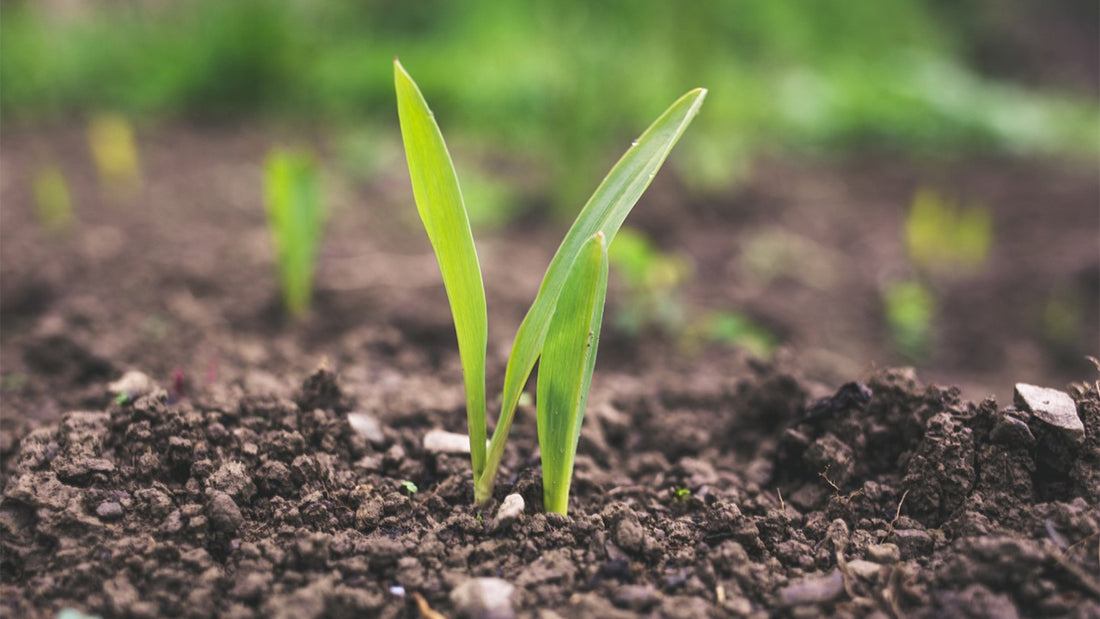
As world population and food production demands rise, keeping soil healthy and productive is of paramount importance. Options are limited for bringing in new land suitable for high crop yield. It takes Mother Nature 100 – 500 years to form 1 inch of topsoil. Satisfying the growing global appetite will require farmers to continue to fine-tune soil management measures that enhance farm productivity. They will also need to apply the best production practices to ensure the long-term sustainability and health of every amble acre.

Soil health also referred to as soil quality, is defined as the continued capacity of soil to function as a vital living ecosystem that sustains plants, animals, and humans. Soil contains living organisms that when provided the basic necessities of life – food, shelter, and water – perform functions required to produce food and fiber.
What soil does?
Regulating water – Soil helps control where rain, snowmelt, and irrigation water goes. Water and dissolved solutes flow over the land or into and through the soil.
Sustaining plant and animal life – The diversity and productivity of living things depend on soil.
Filtering and buffering potential pollutants – The minerals and microbes in the soil are responsible for filtering, buffering, degrading, immobilizing, and detoxifying organic and inorganic materials, including industrial and municipal by-products and atmospheric deposits.
Cycling nutrients – Carbon, nitrogen, phosphorus, and many other nutrients are stored, transformed, and cycled in the soil.
Physical stability and support – Soil structure provides a medium for plant roots. Soils also provide support for human structures and protection for archaeological treasures.






